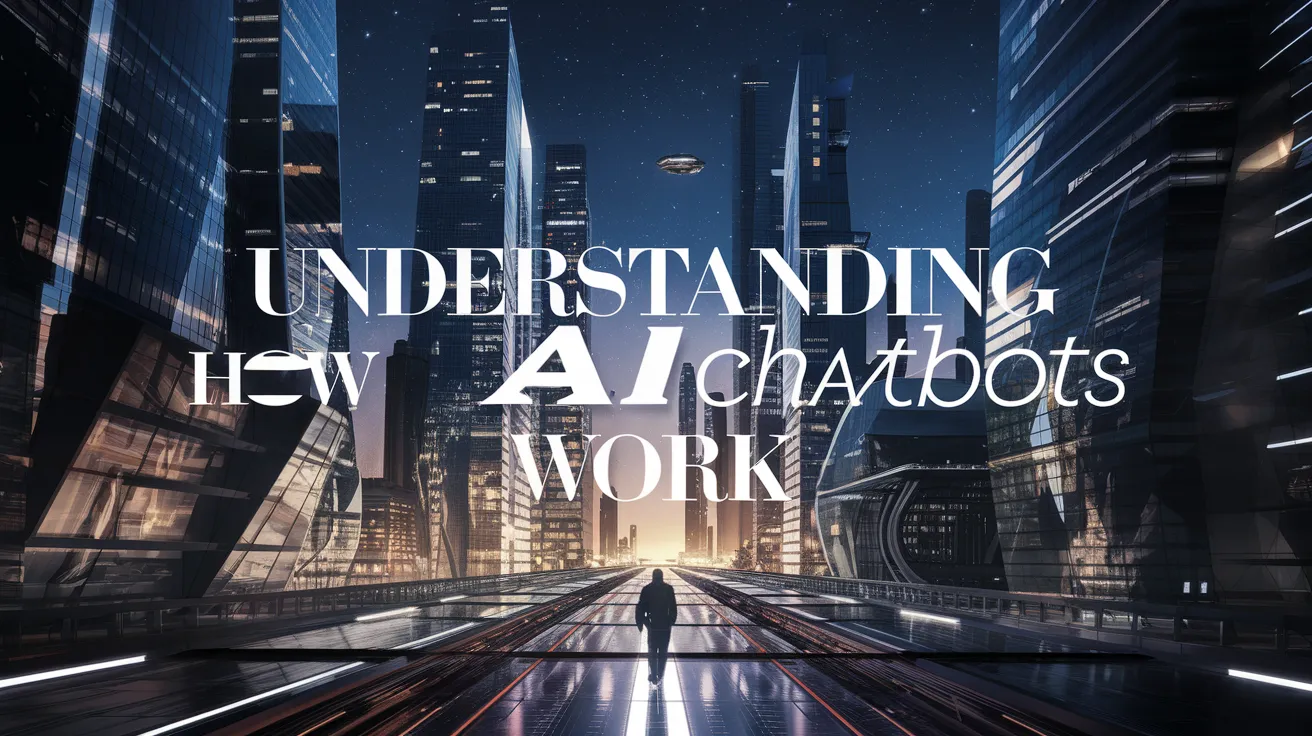Understanding How AI Chatbots Work

AI chatbots have seamlessly integrated into many people’s lives, yet a common question remains: how well do we truly understand their inner workings? Here are five surprising truths about these sophisticated technologies that enhance our understanding of their functionality, capabilities, and optimal usage.
1. Training Involves Human Feedback
AI chatbots undergo a multi-stage training process beginning with pre-training, where models learn to predict the next word in expansive datasets. This stage provides them a base understanding of language and reasoning. However, delivering safe and useful responses requires human intervention, known as alignment. This entails human “annotators” guiding models away from potentially harmful outputs.
For instance, an early response to an inappropriate query might involve detailed instructions, but with alignment, an AI would instead provide a safer answer, emphasizing the value of human oversight in shaping AI behavior.
2. Learning Through Tokens, Not Words
Unlike humans, who learn language through words, AI chatbots rely on tokens, which can include words, subwords, and even character sequences. This tokenization helps AI understand language but sometimes leads to unexpected linguistic interpretations. Modern chatbots typically utilize a vocabulary of 50,000 to 100,000 tokens. For example, the phrase “The price is $9.99.” may be tokenized in a straightforward manner, while something like “ChatGPT is marvellous” produces less intuitive splits.
3. Outdated Knowledge
AI chatbots do not autonomously update their knowledge and often struggle with more recent events or developments. Currently, ChatGPT has a knowledge cutoff set for June 2024. Consequently, queries about recent events necessitate a web search from the AI, which might involve using tools like Bing to generate up-to-date responses. However, keeping these systems current poses challenges, highlighting the fragility of effective knowledge updates in AI technologies.
4. Hallucination Is Common
AI chatbots are prone to “hallucinations,” wherein they produce confident but false or nonsensical answers. This issue arises because they generate text by recognizing patterns rather than confirming factual accuracy. Despite improvements such as integrating fact-checking tools, these issues cannot be fully eradicated. Therefore, users should treat AI-generated information as a starting point rather than definitive truth.
5. Using Calculators for Mathematical Precision
Another notable aspect of AI chatbots is their ability to perform reasoning tasks through a method called “chain of thought” reasoning. This capability allows them to approach questions methodically, performing calculations through a built-in calculator to ensure accuracy. By combining reasoning steps with precise arithmetic, AI chatbots improve their reliability, particularly when dealing with complex mathematical inquiries.
The ongoing research by experts like Çağatay Yıldız from the University of Tübingen continues to shed light on the fascinating mechanics behind AI systems. Understanding these truths not only enhances our engagement with AI technology but also informs us about its current limitations and future potential.